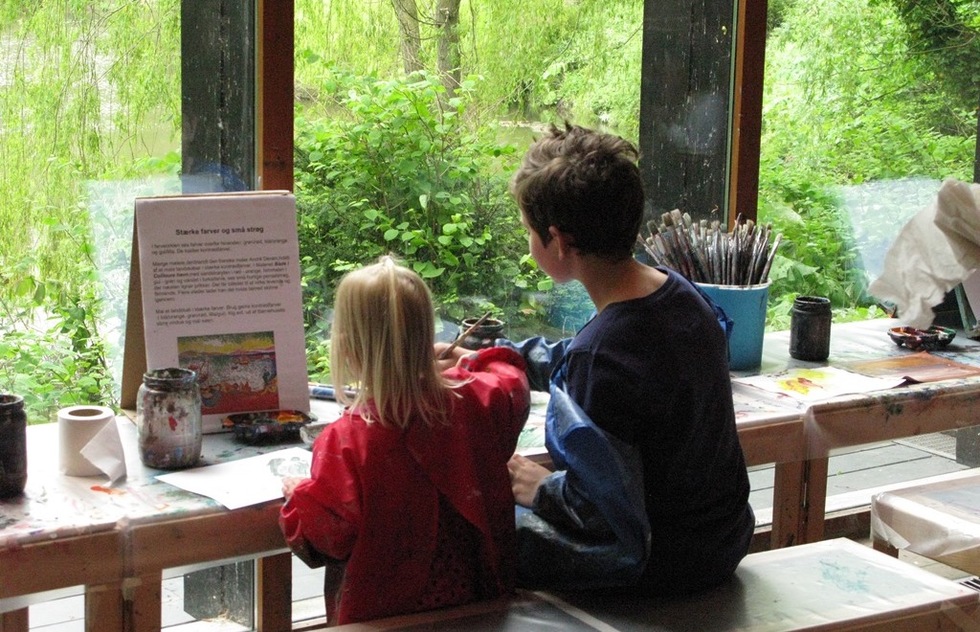Family travel is big business. According to AAA, more than one-third of Americans plan to take a family vacation this year. But just slapping a “family” sticker on an itinerary doesn’t automatically make the trip suitable for families. Here’s how to assess whether a trip is truly family-friendly.
1. Review the attractions and activities.
Forget about boring docent-led walk-throughs of museums and anthropological sites. To engage children at must-see cultural attractions, the best companies organize treasure hunts, mock digs, and time at the facilities’ children’s center for exhibit related painting, puzzles, and playtime.
Family-friendly operators may also include picnics, bike riding, boat outings, splash parks, and other outdoor activities—and they should ideally also offer sessions where kids get hands-on with the local culture. Imagine your kids making pizza in Italy, playing the marimba in Guatemala, or writing numbers using Inca symbols in Peru. Often, doing is learning.
2. Assess drive times and pacing.
No one likes a long day in a bus, least of all children. Occasionally, a multi-hour push might be necessary, but extended driving on each day (or even every other day) is a telltale sign of an ill-paced trip.
Children (and adults) do better when based at one hotel for at least two nights and even better when the van pulls up to the property early enough so that parents and kids can relax before dinner.
3. Consider the hotels.
That charming, historic hotel in Barcelona facing the Cathedral is likely to have rooms that barely fit two people, let alone a cot for one child (and certainly not for two). You don’t want to be stuck having to rent two rooms for your young family, especially if having a separate room would terrify any of your young ones. But are you traveling with teens? Then you might want to pay for the extra privacy. In addition to checking the average room area, see if the company booked properties with swimming pools so that kids can appropriately wind down after a day of sightseeing.
4. Ask about a special children’s counselor.
Some companies always hire a cool guide to enchant the kids. That guide can be as indispensable as a good nanny, mitigating any problems, counting heads on outings, encouraging shy children, and leading special activities. While they’re doing all that, you and the other adults can savor a glass of wine.
5. Investigate group size and age breakdowns.
Many long-established family travel companies try to keep the maximum number of participants on a trip to between 12 and 16 people or four families, a size that makes it easier to get to know the destination as well as your fellow travelers. Popular family travel companies may set aside some departures for families with children ages 6 to 11 and host separate dates for families with tweens and teens. Before you sign up, be sure to ask about the ages of the other children on the trip. Sometimes the outfitter may suggest a departure date that has bookings for children close to your own kids’ ages.
6. Discuss food and snacks.
A hungry child is cranky child. While you may crave escargot in Paris or grilled octopus in Greece, the typical grade-schooler is likely to throw a food fit. Ask if the pre-booked, pre-paid restaurants have kid-friendly selections: pasta, burgers, chicken, steak, or whatever you know your child will eat. Make sure you won’t receive an extra bill for these meals. Also ask about snacks. Does the company provide fruit, granola bars, or other healthy snacks on the bus and at attractions?
7. Find out about child-friendly equipment.
Whether you book a week-long adventure trip or only have a day of kayaking or sailing, make sure that the company has kid-size safety equipment such as helmets and life jackets. If the activity is cycling, make sure the company offers children’s bikes or bikes built for two so that your kid can pedal with you without struggling.






